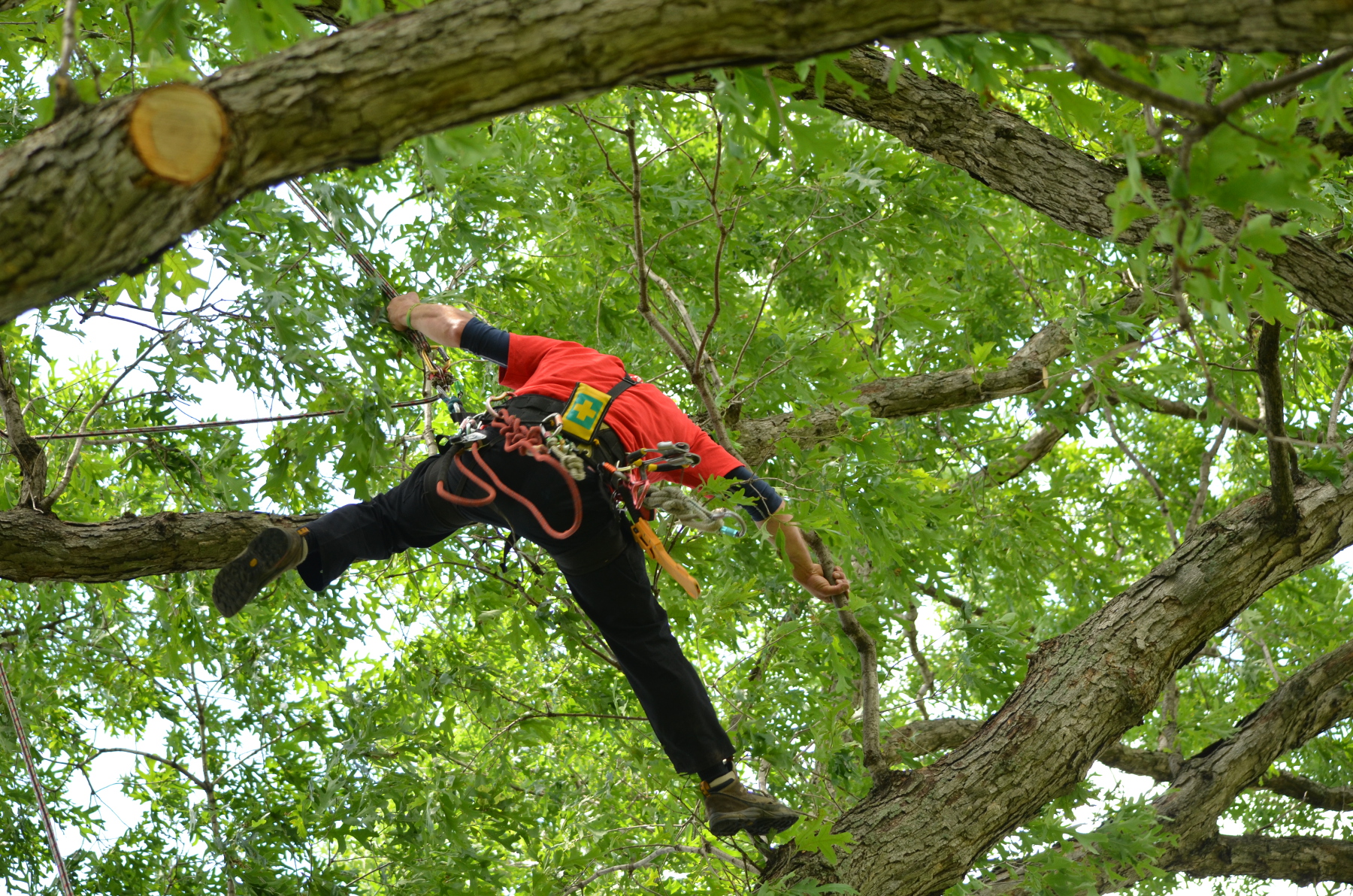By: Tony Tresselt, North American Training Solutions
The act of ascending a tree for production arboriculture is a complex task that should be treated with planning and preparation. The amount of tools and techniques available for the modern climbing arborist is vast and growing. The ability to choose the right tool or technique for any given situation and then apply it safely and efficiently is more important than ever.
With so many options available, it can help to break down the task of production climbing into workable phases to help simplify and categorize choices. While no two jobs or trees are the same, we can divide the task of tree climbing into four broad categories: inspection, ascent, work positioning and descent. This helps us evaluate the tasks and assign appropriate tools and techniques for the greatest safety and efficiency.
Phase one: inspection
This consists of a consistent, thorough outer and inner perimeter survey of the tree. During the inspection phase, the climber is looking for hazards and obstacles in, on and/or around the tree/worksite. Identifying potential problems or concerns is always the first step in mitigating them. Inspection should also be ongoing; as the job changes, so may the hazards and the needs of the crew.
Phase two: ascent
Modern climbers employ any number of methods to gain access to the tree quickly and efficiently. It is common for the climber to make a quick trip to the top to establish a secure anchor and then get right to work. Ascent methods may or may not be appropriate depending on the tree or work to be completed. Knowing which ascent system lends itself to each situation is key.
Phase three: work positioning
This is the largest phase and the one climbers are likely to spend the most time in. It consists of the up, down and lateral movements in the tree using rope and/or tree structure to accomplish the assigned work tasks. Again, many options exist and may or may not be suited for the tree and the climber’s ability and/or situation. Defining the best method will help get work done as well as identify gaps in skill and/or training.
Phase four: descent
This is the least common, but still worth mentioning. Devising an efficient plan for straight-down descent can be quick and efficient, allowing the climber many options that save effort as well as wear and tear on his or her gear. Not all descents are created equal. Often, long descents generate excessive heat and may be a struggle for a standard work positioning system.
Taking the time to break down the complicated task of modern production climbing allows both climbers and managers to assess tree and site needs and safety concerns. It also allows the climbers to apply the best, safest, most efficient tools, techniques and equipment to the job.
